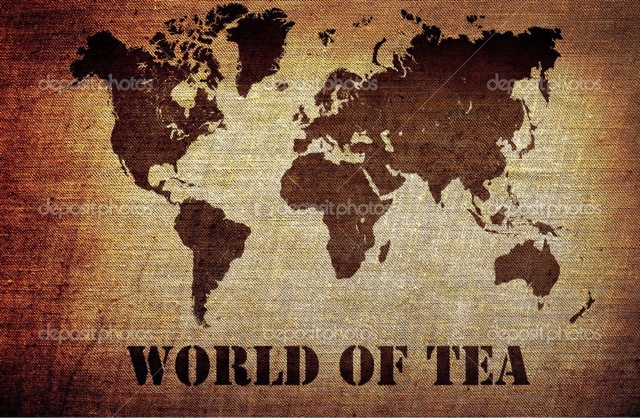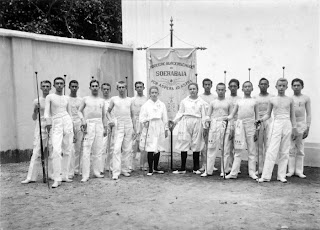Japanese vs Chinese Green Tea
- Get link
- X
- Other Apps
Japanese and Chinese green teas have several similarities. For starters, they both come from the Camellia Sinensis plant. Obviously, they’re also both green teas – which means their leaves are picked and then immediately cooked to prevent oxidation. This gives the leaves their often vibrant green color and is why most green teas brew a light green or jade cup of tea.
Japanese and Chinese green teas can taste completely different, though. At the most basic level, these two regions of teas grow tea differently. Some of the tea differences are also due to the way in which the leaves are cooked. Finally, the areas in which the teas are grown make a difference, too.
Japanese Green Tea
A major factor in Japanese tea production is space. Japan is minuscule in comparison to geographically giant China. To make up for this lack of space, Japanese tea growers use technology. Tea fields are meticulously kept in tight rows and leaves are machine-cut instead of hand-picked. Japanese tea growers also shade grow their plants. Some Japanese green teas, like Eisai’s Choice Sencha and Uji Gyokuro, are kept in the shade for two weeks. This produces a darker leaf color and deeper, richer flavors. Shade growing is limited to small sections of tea fields, so shade-grown teas tend to be much more valuable.
To understand the flavor profile of Japanese teas, it’s important to think about how many Japanese foods are cooked. Japanese cuisine is fresh or steamed, with umami sea flavors. Japanese green tea takes on these properties. Most green teas are steamed or double-steamed. This preserves the deep green color and allows for a more vegetal flavor. This also allows for multiple steeps. In fact, we recommend steeping our single-origin Japanese green teas twice to bring out the best flavor.
Japanese green teas also pick up flavors from the mountainous terrain. Just like wine or coffee picks up flavor traits from the land in which its grown, tea picks up flavors from its terrain. We call this a tea terroir. The mineral-rich and rocky terrain of Japan gives Japanese green tea this unique umami flavor.
Chinese Green Tea
Unlike Japanese green tea, Chinese green tea is grown in sprawling tea fields. Tea bushes are groomed, but wilder than their Japanese counterparts. Leaves are also hand-picked, not harvested by machines.
Chinese tea is processed differently, too. Imagine a Chinese meal versus a Japanese one. Foods are pan-fried in woks and cooked in rich oils. Foods feel heartier. Chinese green tea takes on some of these characteristics. Chinese green teas are pan-fired or baked after they’re harvested. This gives them a nuttier, roastier, less umami flavor. You definitely won’t get the same potent grassiness found in Japanese green teas.
Whether you go for a Japanese or Green tea, the brewing processes are similar. Green teas steep at a lower temperature for up to three minutes. Over-steeping green tea can lead to unwanted bitterness and astringency. Both regions produce wonderful green teas, though, and Art of Tea carries a wide variety so tea drinkers can experiment and taste the differences for themselves.
- Get link
- X
- Other Apps





Comments